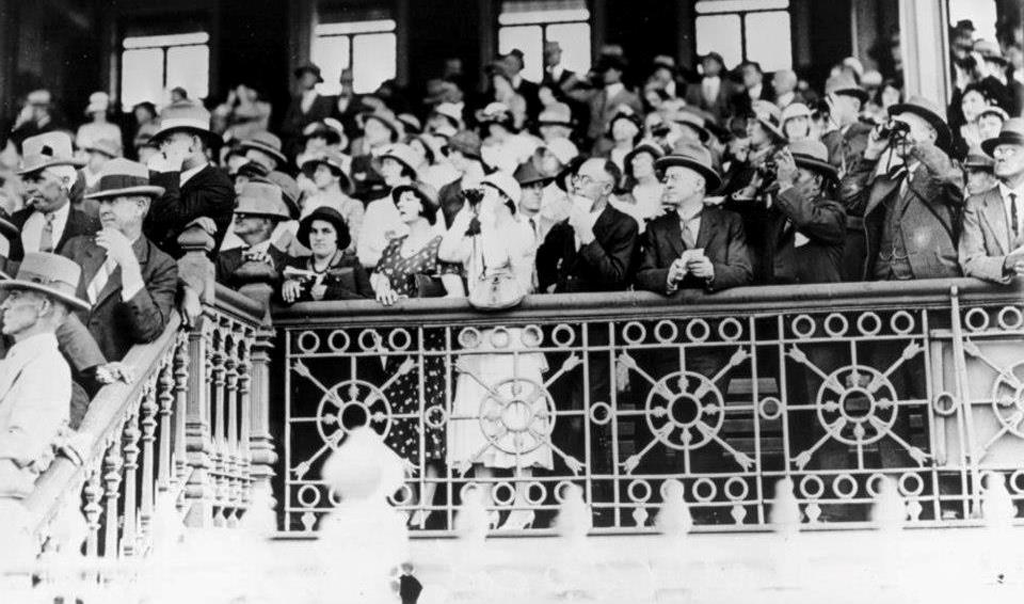- 1960's first off course TAB in operation (albeit pools closed 40 minutes prior to jump and no payout until Monday with no radio allowed inside the TAB)
- 1985 Sky Racing commenced transmission into homes when Australia's first domestic satellite was launched.
- Increase in sports entertainment for sponsor dollars;
- 1987 Brisbane Bears/Lions
- 1988 Brisbane Broncos
- 1996 Brisbane Reds and Super Rugby becoming professional
- 2004 Brisbane Roar
- 2008 Brisbane Firebirds launching into mainstream media
- 2011 Brisbane Heat
- Increase in competition on legal gaming;
- 1985 Jupiter's Gold Coast Casino opens
- 1992 Poker Machines allowed into pubs and clubs in Queensland
- 1995 Brisbane Treasury Casino
- 2001 Online Gaming legalised
- 2001 3G mobile technology allowed for online gaming on mobile technology
- 2010 to date - the successful rise of Peter V'Landys and NSW Racing leading to reduction of 'Clock Time' for Queensland racing product.
The importance of the right people at the BRC at the right time cannot be underestimated. I have had the honour of working with three very different CEO’s during my tenure and each of them at the time was the right person to be in the driver’s seat and all progressed the club to where it is now. The board is also vital in relation to the setting of strategy and the composition of the board is critical in ensuring the right skills are present to increase the risk appetite in an appropriate fashion. All clubs should review their constitutions and conduct a 'required skills matrix' prior to considering any large scale change to business operations. Members skills should be sought to fill gaps in the skills matrix and election to the board should not be a popularity contest but rather a chance to target a skills upgrade on the board.
As Queensland Clubs follow the NSW Club diversification path (powered by poker machines since 1956 in NSW), there is much to learn on visiting the mega NSW Clubs like West HQ (Rooty Hill RSL) that I visited in November 2019. Richard Errington, CEO of West HQ (also a speaker at the Clubs Queensland Diversification Symposium), spoke of the importance of diversity in your business assets and running your club in a more business like manner. A remarkable turnaround of a club where my prior visit was back in the late 1980’s driving up from my home town of Queanbeyan.
Equally, the importance of the right business partners cannot be underestimated. The BRC, a cash strapped but asset rich club (similar to a lot of other Queensland clubs), had to rely on a number of contributors to our cause to move the first piece of the finance puzzle to allow for the masterplan to start. Close relationships with Government (both local and state), a strong banking relationship with a bank that understands your business coupled with strong multinational construction companies that can ride the long term residential markets are key to ensuring ongoing viability.
In closing, I thought I would leave you with some great business fails due to changes in technology:
- Cobb & Co (1853 to 1927) – 74 yrs
- Kodak (1889 to 2012) – 123 yrs
- Blockbuster Video (1985 to 2010) – 25 yrs
- Polaroid (1937 to 2001) – 64 yrs
- Toys R Us (1948 to 2017) – 69 yrs
- Borders Books (1971 to 2011) – 40 yrs



